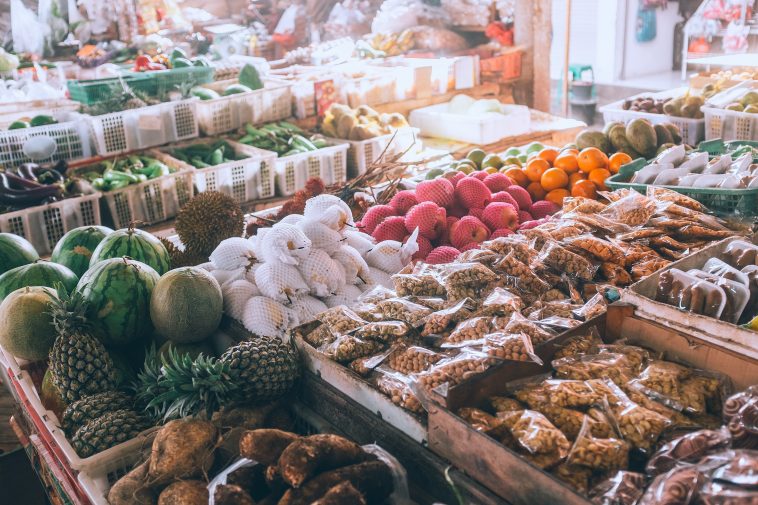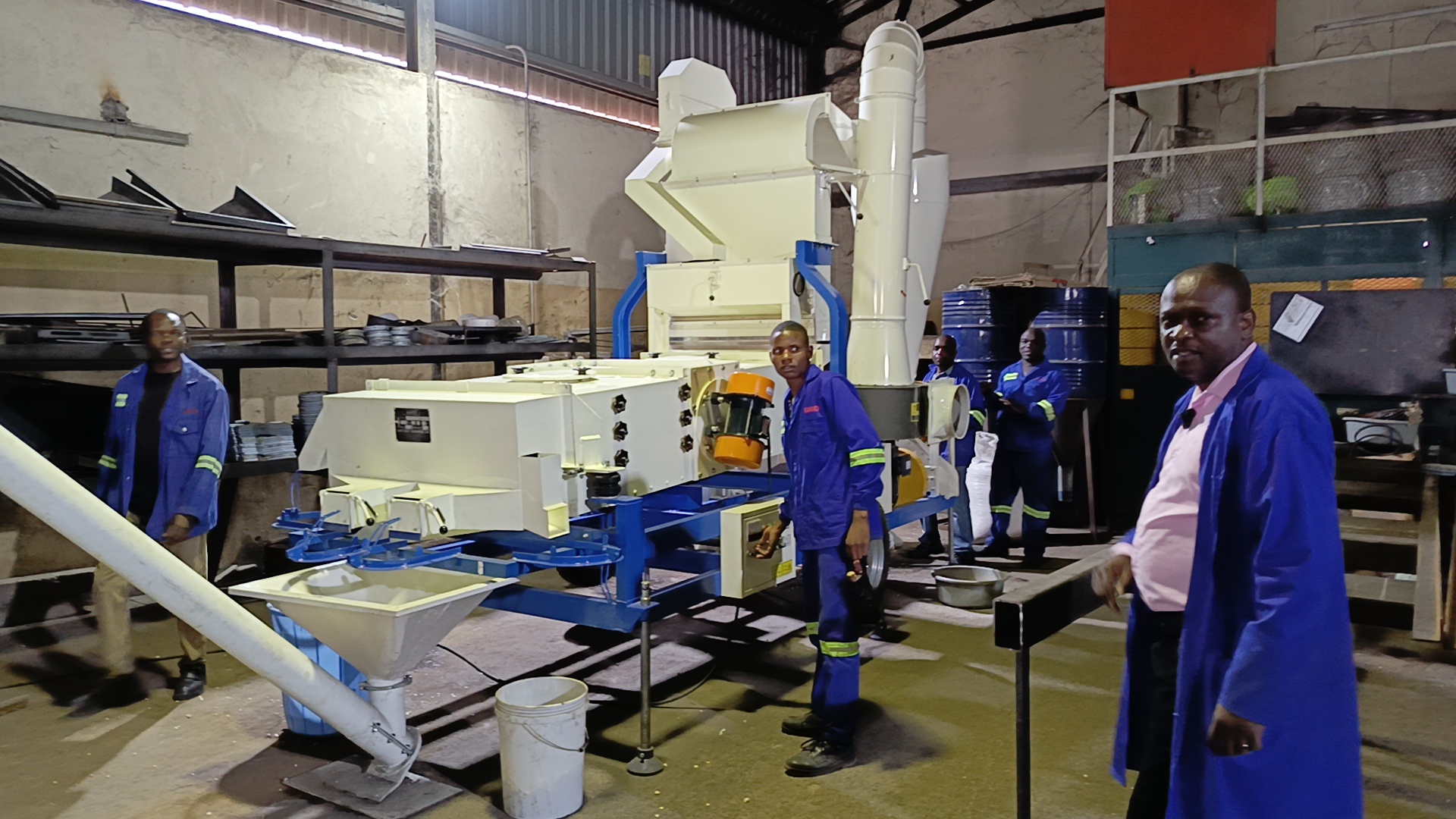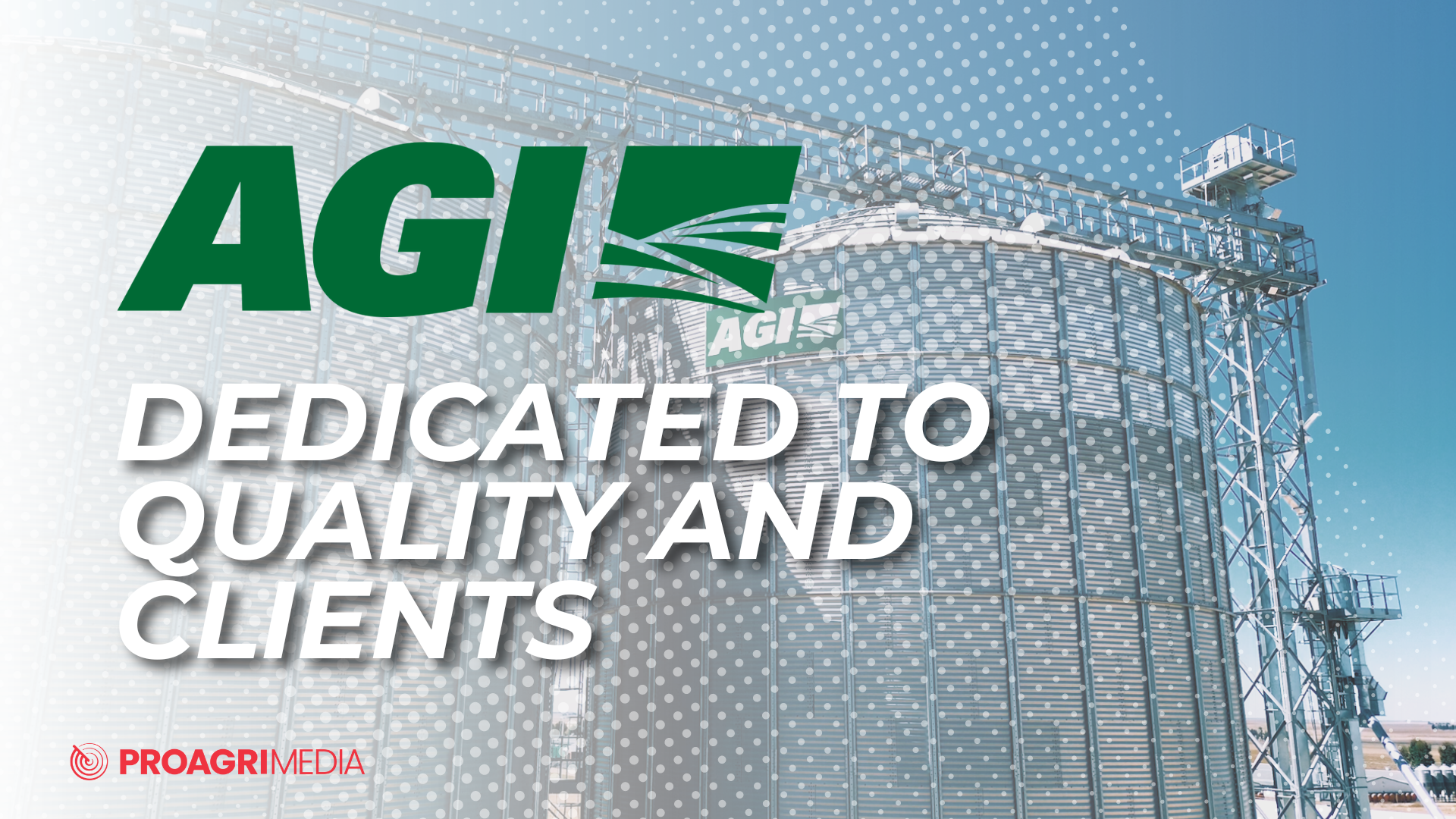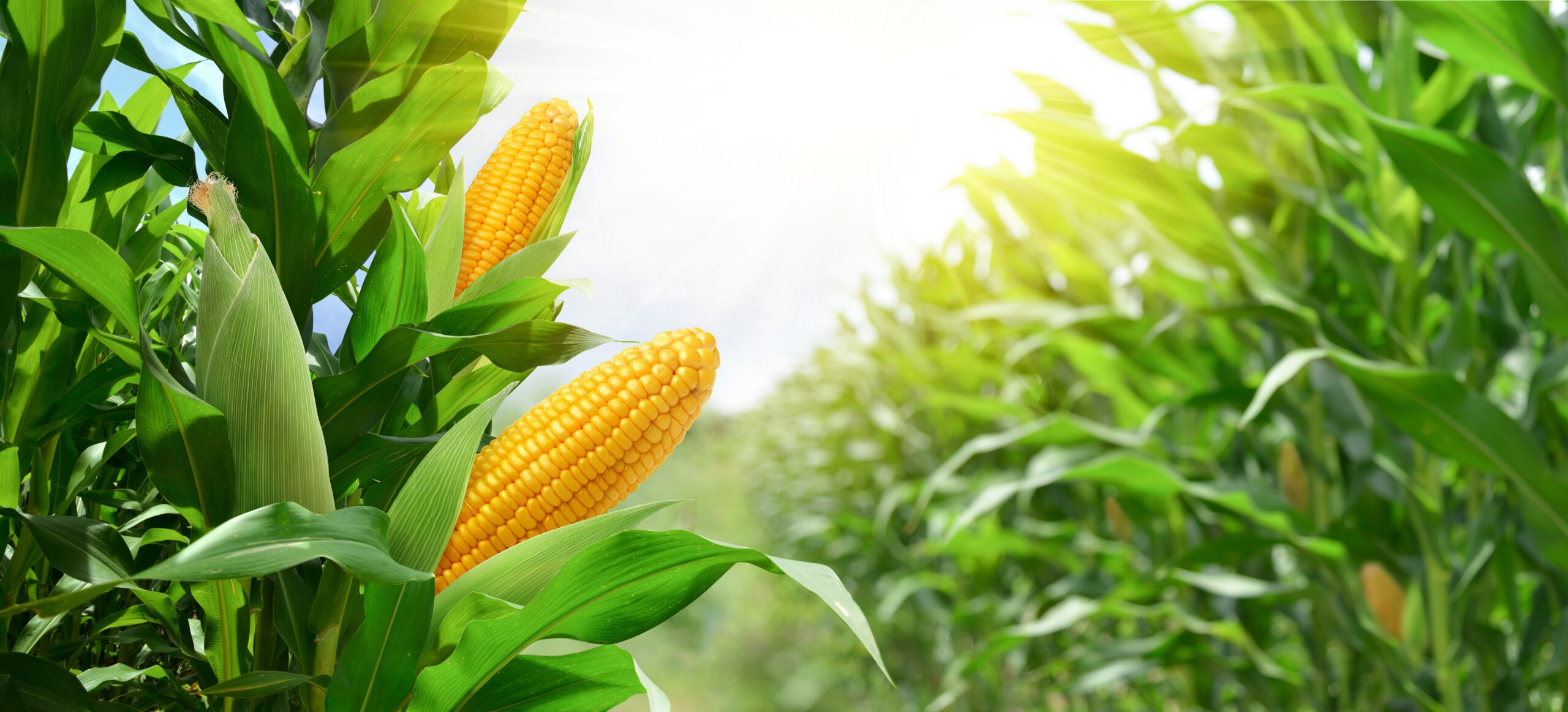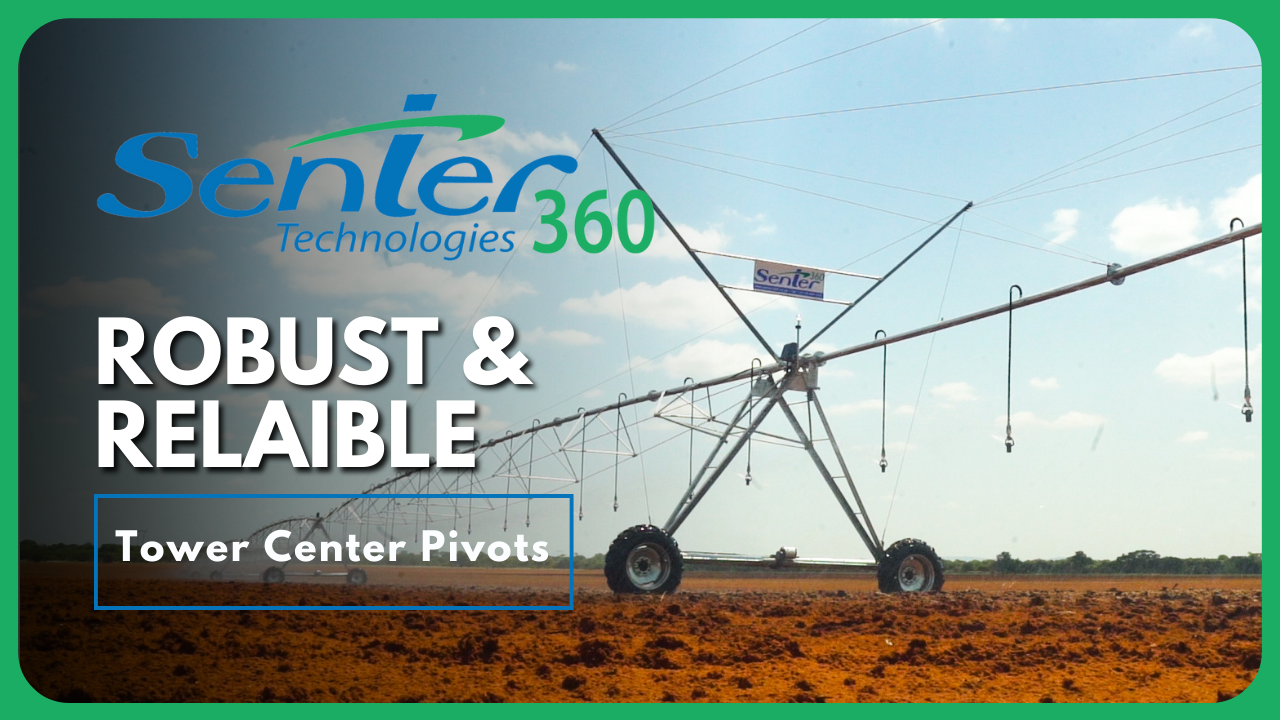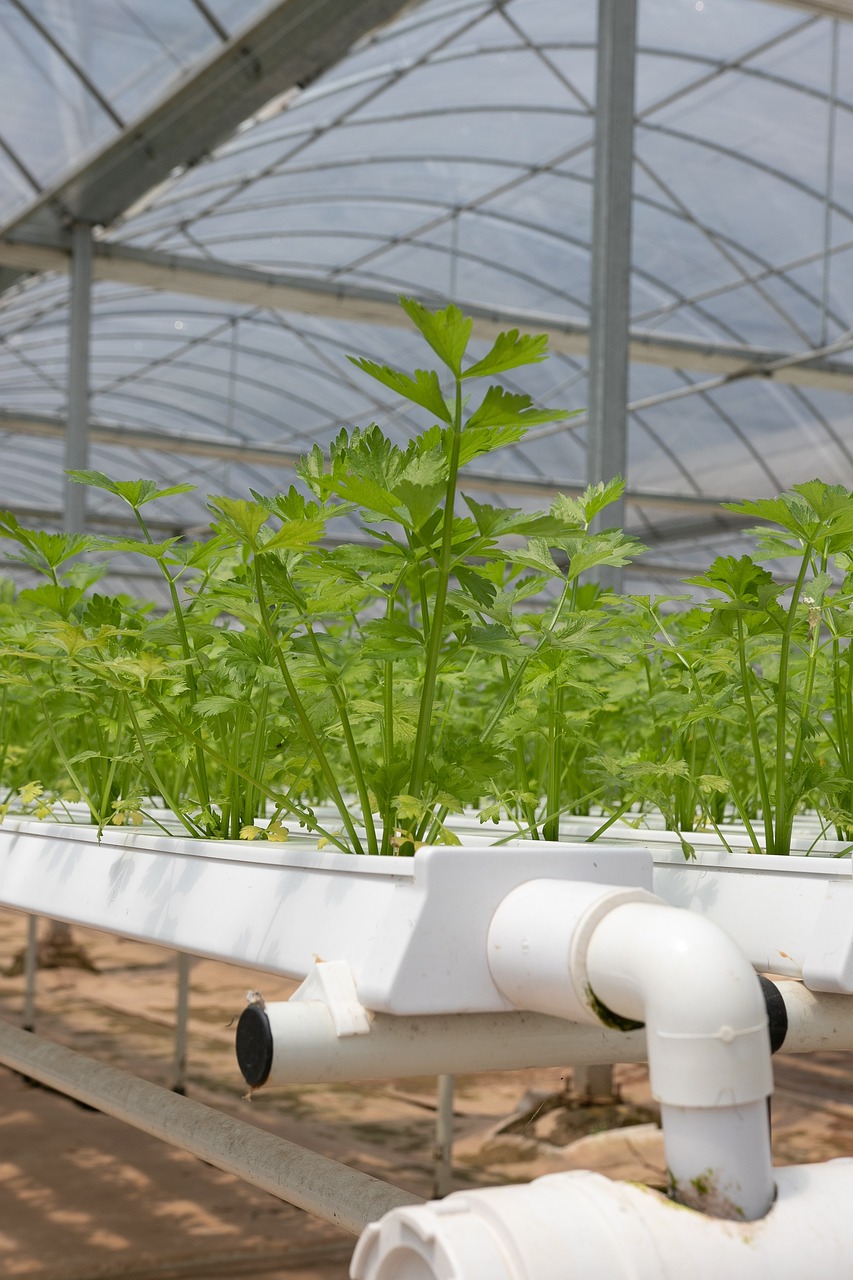When it relates to agriculture, marketing starts right on the farm, with the planning of production to meet specific market demands and future growth opportunities.
It consists of the following steps that must be completed prior to the sale of fresh or processed products to end users:
- The producer has the option of selling directly to consumers. It is possible for consumers to visit the farm, or the producer may transport the produce to a market and sell it directly to consumers.
- Production may be sold to wholesalers, who in turn distribute to retail markets, which in turn supply the consumer.
- It is also possible to sell directly to the retail sector.
- Some farmers outsource their marketing to a marketing agent or an agency.

The farmer selling produce directly from the farm to the consumers. (Image source: healtheplanet.com)
Listed below are some examples of marketing agencies:
Individuals
Selling products on behalf of others is something that some private individuals do for a living.
Cooperatives
Farmers frequently come to agreements with one another in order to form an organisation that they own and operate in a cooperative manner (not as shareholders). Employees are most often the ones who do the selling.
Associations
Farmers may come to an agreement to divide the responsibilities of marketing amongst themselves. They charge themselves a fee in order to cover marketing expenses such as telephone costs, packaging, and transportation.
Companies
These are companies that market products on behalf of their clients and charge a fee for their services. Governments and marketing boards have important roles to play In a free-market economy, governments should refrain from intervening in the day-to-day operations of marketing. But they do legislate the marketing board through direct representation by one or more government officials who serve on its Board of Directors.
The following are the powers and responsibilities of marketing boards: They:
- establish pricing;
- establish grading criteria;
- regulate the sale of goods in markets;
- collect levy payments;
- provide advice to the government on the enactment of legislation and by-laws;
- educate and train employees;
- collect and disseminate information about a specific product; and
- make the product more visible to the general public.
The Agronomic Board of Namibia has established a database of all agronomic producers, which contains information about the type of crop and the size of the area that is planted each year by the producers themselves. Every farmer has access to this information, and it should be used whenever possible, particularly when making decisions about what to grow and when to plant.

Fluctuations in the price
It is critical for farmers to understand that market prices fluctuate from season to season, and sometimes even from week to week, and that this is normal and expected. The term “changes in demand and supply” is used to describe the reason for this in the marketing world.
Demand is defined as the quantity of goods that buyers would be willing to purchase at a reasonable price. Supply is the number of products that sellers would like to sell at a reasonable price.
If demand is high, that is, if there are a large number of interested buyers, the price will rise as long as the supply is less than or equal to the demand. The markets may become oversupplied (or saturated) if everyone produces the same crop at the same time. As a result, prices may begin to decline. A good example is the supply of watermelons that is available towards the end of each year.
Normally, the first watermelons to hit the market command extremely high prices, but as the season progresses and an increasing number of watermelons enters the market, prices begin to decline. Farmers eventually, sell them at dumping prices to break even. As a result, it is a good idea to ensure that you are either the first or the very last person to introduce a new product to the market.
Estimating costs
Demand largely sets the highest price that producers can charge for their produce while producer costs set the minimum price to be asked. Producers want to charge a price that covers their used to describe the reason for this in the marketing world.
Demand is defined as the quantity of goods that buyers would be willing to purchase at a reasonable price. Supply is the number of products that sellers would like to sell at a reasonable price. If demand is high, that is, if there are a large number of interested buyers, the price will rise as long as the supply is less than or equal to the demand.
The markets may become oversupplied (or saturated) if everyone produces the same crop at the same time. As a result, prices may begin to decline. A good example is the supply of watermelons that is available towards the end of each year.
Normally, the first watermelons to hit the market command extremely high prices, but as the season progresses and an increasing number of watermelons enters the market, prices begin to decline. Farmers eventually, sell them at dumping prices to break even. As a result, it is a good idea to ensure that you are either the first or the very last person to introduce a new product to the market.
Estimating costs
Demand largely sets the highest price that producers can charge for their produce while producer costs set the minimum price to be asked. Producers want to charge a price that covers their produce while producer costs set the minimum price to be asked. Producers want to charge a price that covers their costs of production, distribution and marketing, and include a fair return (profit) for their efforts.

A fresh produce market where farmers can sell their products directly to consumers. (Image source: unsplash.com by Alejandro Duarte)
Types of costs:
Fixed costs
Fixed costs are costs that do not vary with production. That means they have to be paid irrespective of the production level. An example would be the repayment of the farm purchase loan. Agribank must be paid, whether one plants a crop or not.
Variable costs
Variable costs vary directly with the level of production. As production goes up, the costs go up as well; example, more water must be pumped as more land is being irrigated.
Total costs
Total costs are the total of variable costs plus fixed costs for any given level of production. For sound business, producers should charge prices that will cover their total production costs plus a reasonable profit at a given level of production.
The information in this article is credited to the Namibia Agricultural Union and Namibia National Farmers Union who published the Crop Production Manual in 2008

